Dec 13, 2021
Clay, seeds, and source code. Three articles (3)
We present three articles on collective creation and technological appropriation written by the art collective TAG Taller d’Intangibles (“TAG Intangibles Workshop”) between 2006 and 2012. We retrieve these articles as contributions that invite to reflect on and discuss technology, collective artistic creation, authority of authorship, and technological and creative appropriation.
TAG Taller d’Intangibles is an art collective created in 1996. Especially during this period, the collective combined artistic projects with research, reflection on the practice itself, and written production.
These articles were redacted in the socio-political context of 2008 crisis, and the Arab Spring, 15-M and Occupy movements. They were written after the movement against the Gulf Wars, the first waves of experimental net.art, emergence of wiki systems, web 2.0, and «collaborative» platforms.
This third and the last article connects some of the reflections on collective creation with technological appropriation. It explores fixed characteristics in the design of artefacts/objects, and their appropriation and redefinition in user practices. It takes up Argila’s reflections to situate technological creation in a process in which one never starts from a blank slate, and it is always possible to hack it with partial knowledge.
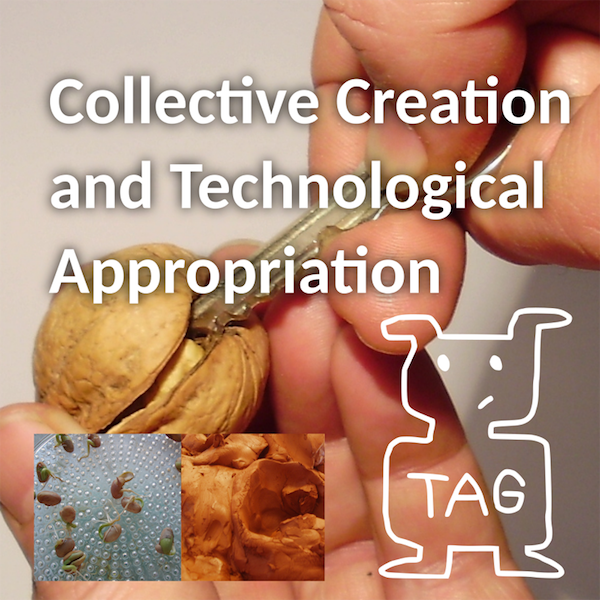
Jaume Ferrer Rosera and David Gómez Fontanills. November 2012. TAG Taller d’Intangibles · enlloc.net.
Version 1.2 – 2021 · License: Creative Commons 3.0 Attribution Share Alike
Originally published as proceedings of the «V Jornadas Internacionales Innovaciones Artísticas y Nuevos Medios: Conservación, Redes y Tecnociencia» that took place in May 2012 at the University of Barcelona organized by the Research Group “Art, Architecture and Digital Society”
Keywords
technological appropriation, reuse, collective networked creation, hack, non-linear, creative appropriation, open work, work in process, open process, dialogue, controversy, authorship, authority, programming, hierarchy, plasticity, code, knowledge, partial knowledge, skills
Collective Creation and technological appropriation
A block of clay is placed on a table and kept moist. A few passers-by decide to get their hands dirty and begin to shape it. Others look on and try to interpret the shapes they have made, sometimes sharing their thoughts out loud. Some of these people then join in too, modelling the block of clay. Each time somebody participates, the sculpture changes, and the spoken and unspoken interpretations also continue to flow.
An industrially manufactured piece of steel: a car tyre rim. Its shape has been honed over decades of engineering and industrial design, and it now hangs on a garden wall, with a rubber hose coiled around it. An object that was designed to support a tyre is ideally shaped for storing a hose after watering the garden. Somebody noticed, reinterpreted the object, and reappropriated it for a different use. And eventually, the idea of coiling hoses around car tyre rims spread and became commonplace.
After studying and working on various online projects geared towards collaborative content creation, the TAG Taller d’Intangibles team (Gómez, 2004; Ferrer, 2004; Gómez, 2006; Ferrer, 2006; Gómez, 2007), decided that we would shift and expand our focus to include the reuse and reappropriation of technology in a broad sense, including networked, digital and analogue processes. What really fascinates us is the empowerment that these different forms of “hacking” seem to promise: people’s capacity to reinvent things and to transgress the original purposes and dictates of existing objects, contributing to the emergence of new orders of things that are co-created by those who design an artefact and make it available, and those who transform it through use.
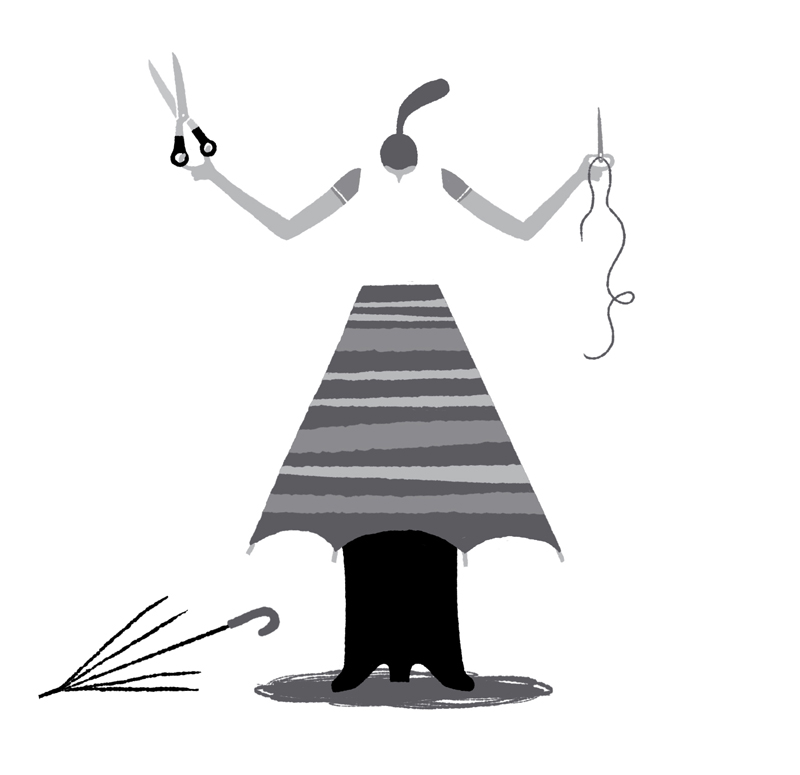
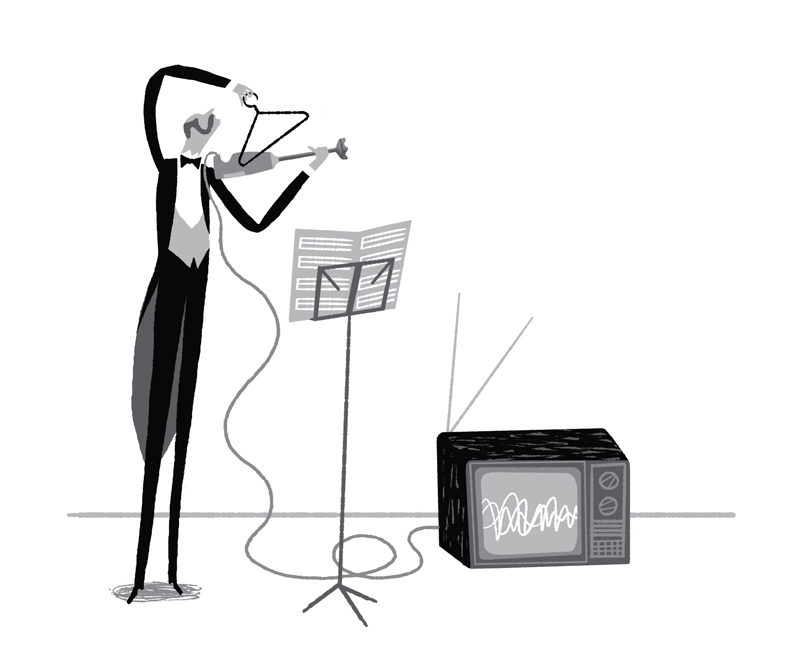
Illustrations: Roger Ballabrera 2011 – CC-by-sa 3.0-es
In the physical world, it seems easy to reuse and modify objects and to reinvent tools. It is easy to access tangible artefacts, and their limits are only imposed by the physical properties of the materials and by the principles of mechanics. We can give an object a whole new use by simply taking advantage of its characteristics, like the wheel rim, for example. Or using just our own hands, a few all-purpose tools and some basic DIY notions, we can hack a bottle and turn it into a funnel or a light. Anybody who has learnt how to weld can turn the wheel rim into a barbecue, adding a few bits of iron to serve as legs and a grill. In “HKp Hacks arreu” (“HKp Hacks everywhere”), we have documented several examples that illustrate this human capacity to creatively appropriate things, which we often overlook because we are locked into a passive consumer dynamic. Things get slightly more difficult when we turn to complex mechanical or electronic artefacts, for at least two reasons: firstly, the level of knowledge and skills required to understand, manipulate and change them; and secondly, the fact that manufacturers often design them to be opaque and hinder attempts to modify them, or set down rules or warnings to prevent people from doing so.

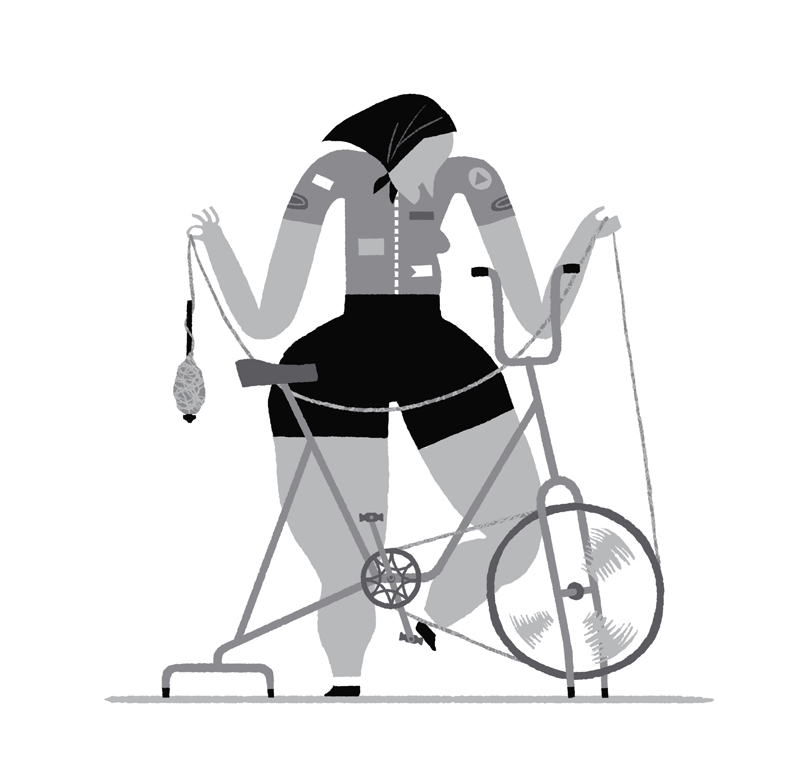
Illustrations: Roger Ballabrera 2011 – CC-by-sa 3.0-es
Similar claims can be made for “software artefacts”. In the online collective creation projects that we have been involved in, we found that participants usually remained on the user or content-creation layer, and did not touch underlying software layer. This layer is what actually makes the projects possible in a dual sense: it provides the working environment used by the participants, and, for this very reason, it defines the possible forms of use, work and collaboration. In comparison to the potential for modifying certain physical artefacts, these types of online environments appeared to resist creative reappropriation, so that the phenomenon of collective creation was limited to the content created, and did not extend to the system of rules that governed it. The game rules were not just a convention shared by the players; they formed part of the technology that made it possible.
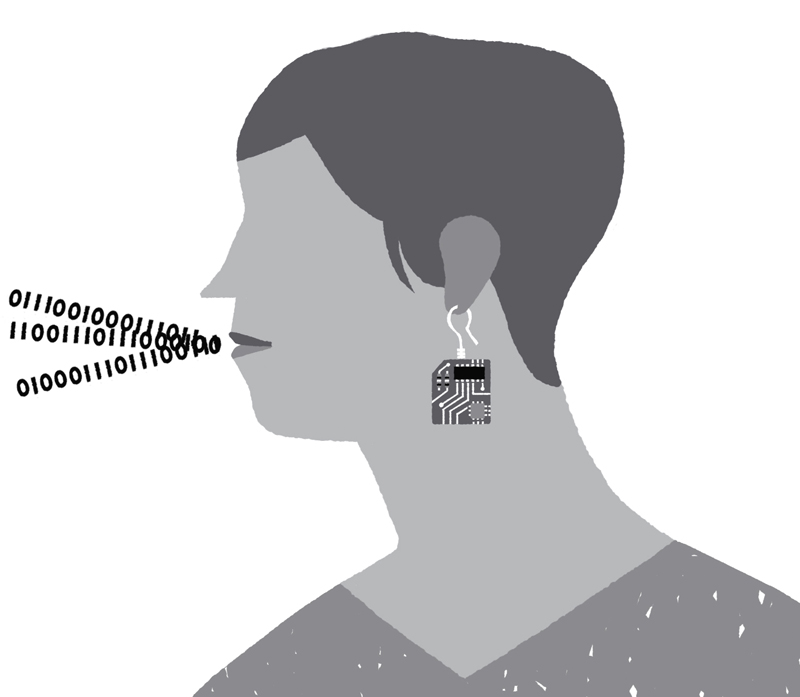
Illustration: Roger Ballabrera 2011 – CC-by-sa 3.0-es
This is no trivial matter. The fact that online creation takes place in technologically mediated environments suggests that a certain purpose and a set of conditions predate the aesthetic experience of the participants. It implies a linear model, in which the author (artist, programmer, designer…) begins by defining the conditions of the experience, and then the participants interact under those conditions. Although interactions among participants can trigger the emergence of properties that were not envisaged by the author, the experience generally takes place within the boundaries set by the design, and this in turn defines what Stuart Kauffman calls “adjacent possibility” (Kauffman, 2000) when discussing complex systems. In other words, the design limits the possibilities to a finite set. In the world of artistic creation, the artist or artistic team who are in charge of running and organising the creative environment or project in question usually define this set of possibilities. The actual analysis and development of the environment consists of delimiting the set of its possible uses. In this sense we can compare it to the Oulipian1 process of defining a series of rules that both limit and stimulate the creative writing experience. These environments follow a linear process in the sense that certain things come either before or after other things, and this linearity results in a varying degree of control over subsequent use. Even if they invent all kinds of unplanned uses, participants can never totally escape this control. At most, they will be able to influence the modifications that the designers introduce into future versions.
It is true that open source software allows copying and reprogramming, and that open source hardware and open engineering make it possible to learn about and change technological artefacts. This gets rid of one of the obstacles to creative appropriation that we’ve just mentioned, but it does not solve the problem of all participants being able to acquire sufficient knowledge and skills to make changes. Most of the participants in these types of projects are content creators, not programmers, and they do not have the knowledge or resources required to hack. In addition, there are barriers that have to do with the provision of technological infrastructure. First of all, simply copying an environment to another server does not essentially change the experience, which is still provided by the original server and which often includes a database consisting of the content accumulated through use. Secondly, in order to reprogram software it is necessary to temporarily stop using it so at to access and change critical parts of the system. In general, only system administrators can do this, and in any case it means running the risk of disabling the system or interrupting the experience due to errors that cripple the system instead of simply modifying it.
The “Argila” (“Clay”) process originated as a theoretical proposal and an experiment in literalness (Gómez and Ferrer, 2006). The idea was to formulate a naive question that would draw attention to the crucial role of the technological layer in online collective creation – we basically wondered whether it would be possible to design a multi-user online working environment that participants could reprogram as they used it. In other words, whether it would be possible to design a tool in such a way that frequent users could totally change the purpose and the rules, not just the end product. What would the characteristics of this working environment be? First of all, as we’ve already pointed out, users would have to be able to reprogram it as they used it. The programming would have to be easy for any participant to grasp, robust in spite of the changes, and distributed in order to ensure decentralised control.
As we tried to imagine what this environment would be like, we often used the metaphor of clay. Compared to a software-based environment, a block of clay is extraordinarily robust and simple. This makes it enormously malleable, so much so that each participant can transform it in line with their own rules or purposes, and that those who come afterwards can decide whether to add to what has been constructed so far or to start again from scratch. All without the need for administration, maintenance or specialised knowledge other than keeping the clay wet, not breaking it up, not contaminating it with foreign elements that can make it brittle and not baking it in an oven. Clay never becomes obsolete, and even if a block of clay is forgotten for years and left to gather dust, simply immersing it in water makes it malleable again.
Given our hybrid background in artistic and theoretical research, and our interest in technology beyond a separation between the analogue and digital worlds, we decided to reproduce this metaphor literally. In “Argila-entre-mans” (“Clay-in-our-hands”), we took a block of clay and made it available for anonymous participants to handle it over a few consecutive days at two different events: an art festival and a hackmeeting. Both experiences gave us a deeper insight into collective creation environments, their limits, strengths and weaknesses. And they illustrated that each project has specific characteristics that influence the dynamics that take place. We can describe “Argila-entre-mans” as an “open work”, in the sense that anybody can participate, as a “work in progress” because there is no definitive result, and as an “open process” because it is public and open to everybody at all times (unlike collective creation projects based on the idea of the surrealist “exquisite corpse”, in which participants must remain unaware of the contributions of the others, and a surprising result is obtained when all of them are eventually seen at the same time). In this case, the people who decide to get their hands dirty have to come to terms with the work that has been done by those who came before them, and they have to take it into account, either by following a line of work (formal, thematic) that somebody has already started, or by destroying everything and starting out in a new and totally different direction. This adds an element of dialogue/argument among the successive interventions, and contributes a “historical” factor that influences the evolution of the work. The plasticity of the clay is the baseline that limits what can be done.

Fotos: TAG Taller d’Intangibles 2006. Maçart and Hackiluro. – CC-BY-SA 3.0-es
The “Argila” theoretical project, which aimed to develop a technical system as robust as a block of clay, drew attention to the fact that the software layer plays a role in setting implicit rules, thus revealing the existence of a hierarchy among different realities and people. To put it simply, we could say that the person who designs/programmes an environment is often a low-level creator with enough power to establish the possibilities of the system – a creator who is often legitimised in the art field as the “author” of the creative experience in as much as she is the “author” (with a name, an artistic career, a discourse) of the idea of the environment. Meanwhile, those who use the environment by contributing/modifying content are high-level creators. They are often anonymous, they have no recognition from the art world, and their past is limited to their role as members of a community. While the programmers/designers enjoy a human identity and the right to recognition in life beyond the environment, simple users can usually do no more than build an identity limited to life within the environment. This is partly due to the mechanisms by which legitimacy is gained in the art world, with its preference for stories with names attached to them. But it is also due to the way in which the cultural narrative is created in general, and its tendency to relegate collective efforts to anonymity while describing and classifying the world in terms of personal initiatives.
“Argila” helps us to challenge this model. One way to come to terms with the problem is by considering the idea of plasticity: we could say that a block of clay is much more plastic than a software tool, and that this plasticity is transmitted to the people who interact in a feedback process that spreads into their social relationships. With “Argila”, we want to suggest two ways of improving the plasticity of software-based systems – what we call the “conservative approach” and the “radical approach”. The conservative approach would consist of building a specific project environment within a larger and more general one, based on the idea of the sandpit, in which the “sandpit” is the use and reprogramming level, originally designed for a specific set of possibilities. Below it, a second, more general layer would ensure that a series of basic characteristics and functionalities would remain, irrespective of any changes, so that participants could continue to use/reprogram it. Meanwhile, the radical approach would give users access to the entire environment. This means that they would potentially be able to make so many changes that it would no longer be a collective creation environment, reprogrammable through use, (and this brings up the issue of the relationship between individual action and collective action, and whether one can deactivate the other). We leave the feasibility of the two approaches open to debate.
Another way of understanding the problem would be to study the nature of software itself. What is this magical, subtle but powerful thing that makes digital tools possible? And why is there no equivalent in the physical world? Programming is an extraordinary alchemy that can animate objects and make them interactive (Turkle, 1995), and it is only practised by experts in the art of code. Those who have been “initiated” have access to aspects of the mystery that are forbidden to ordinary mortals who are not programming-literate. Knowing how to programme is one obvious barrier, but even knowledge is not enough: there must also be intention and opportunity. Even if somebody knows a programming language and has access to the source code, she will also need to dedicate time to studying it, and the ability to do this is conditioned by the way in which we set our priorities, how we organise our lives beyond code. Moreover, the technological and conceptual framework in which development takes place exists and works thanks to the pre- existence of other, deeper layers on which communities of developers and artists have worked earlier. It spans the entire body of artistic and technological knowledge, including projects that have been carried out in the past, or, in some cases, that develop in parallel. The question “what is a collective creation environment?” could lead us to the same answer that Tim Ingold came up with when he asked himself “what is a tree?” Like him, we could conclude that it is not an individual, delimited object, but a node made up of strands that spread out and intertwine, forming other nodes (Ingold, 2008). In a sense, the creators of these environments are simply users of the lower, more extensive level that enabled their artistic projects and technological solutions. Users with the power to make changes. If we focus on this layer, we may be able to detect a process of creative appropriations and reappropriations similar to those that we see in the modification of everyday objects: people who do not have in- depth knowledge of a particular thing, but are familiar enough with it to alter its use. Knowledge that is partial but allows people to intervene, to fiddle around, to hack.
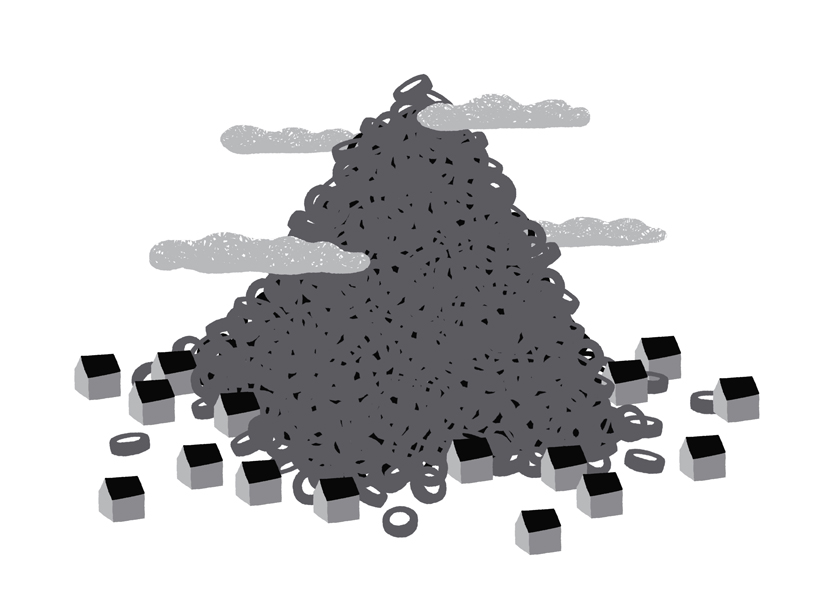
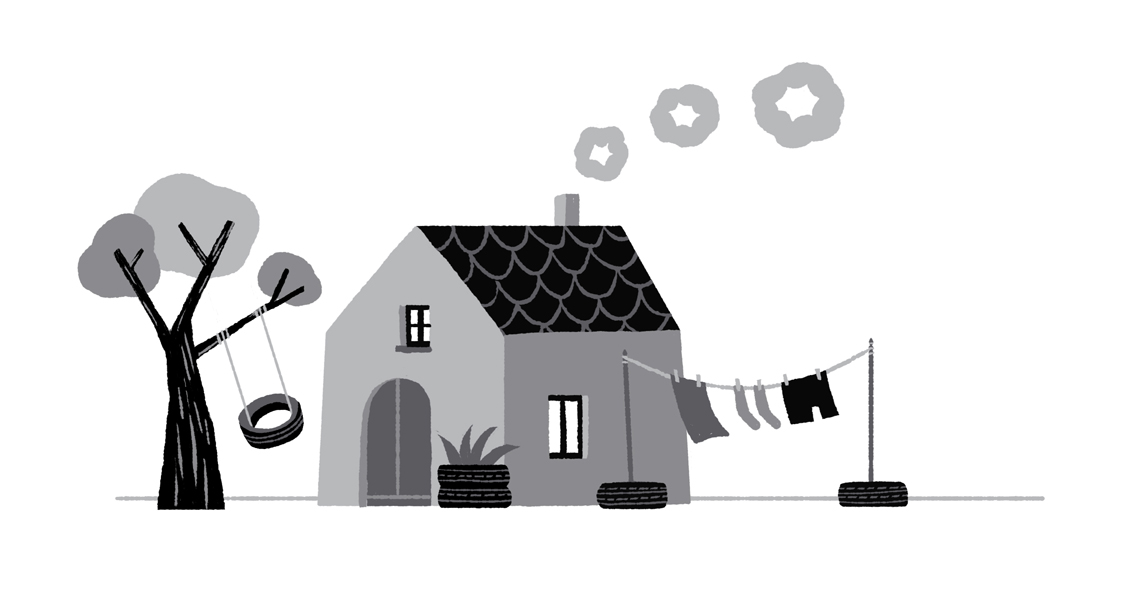
Illustrations: Roger Ballabrera 2011 – CC-by-sa 3.0-es
We began “Argila” on the basis of two observations that immediately stand out when we look around us. Firstly, that it is very difficult to have experiences that are not mediated by technology to some extent – like a kind of cling film, technology, and software in particular, is everywhere. It envelops us, it comes between us and the rest of the world, and it is so deeply embedded that it is the essence of many of the things that surround us (Manovich, 2008). And secondly, that it is impossible for human beings to create or have 100% individual experiences. That is the way we are: we perceive, understand and feel through what others before us have perceived, understood and felt, and we do it with other people who are doing it at the same time as us, and who also influence us. Perhaps, as Joseph Conrad wrote, “we live as we dream – alone”, but if that is so we dream and live through the dreams and lives of others. This is why the conceptual implications of “Argila” go well beyond networked collective creation environments and indicate a much deeper revision of what we mean by “collective”, by “networked” and by “creation”. And the ideas that “Argila” raises become even more meaningful when we look at how they intersect with various examples of “creative appropriation by users” because they make it clear that the design (of an artefact or of a participatory proposal) conditions and limits (the use and the experience); and that even so, unplanned properties can emerge; that the knowledge and skills (even if partial) of the users or participants boosts the potential for intervention; and that the “initial” design does not start from a blank slate, but has been conditioned by other technological and/or cultural layers and strata that predate it or develop in parallel.
Discussion of this text in the category
“Artec” de l’Àgora de CommonsCloud
(To participate please sign up first)

Joint publication
This text is published simultaneously on the websites of the cooperatives
With the support of Institut Ramon Llull
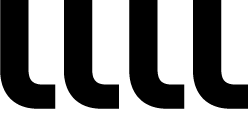
If you want to republish it in any of the languages in which it is published or translate it to other languages, please contact.
Bibliography
- Ferrer, J., 2004, “Sistemes cooperatius i de creació col.lectiva en xarxa: conflicte, competència i cooperació entre persones, eines automatitzades i agents de software”
- Gómez, D., 2004, “Sistemes de creació col.lectiva en xarxa: cooperació i conflicte; regles formals i informals”
- Gómez, D., 2006 “Traços CCCX. Una aproximació etnogràfica a les pràctiques de creació col·lectiva i la cooperació en xarxa”. DEA-UOC Thesis
- Ferrer, J., 2006 “Editcool i Glyphiti: Una aproximació etnogràfica a la creació col·laborativa en xarxa” DEA-UOC Thesis
- Ingold, T., 2008, “Bringing things to life: Creative entanglements in a world of materials”, University of Aberdeen
- Manovich, L., 2008, “Software takes command”
- Turckle, S., 1995, “Life on the screen”, Simon and Schuster, New York
- Kauffman, S., 2000, “Investigations”, Oxford University Press, Oxford
Images
- Ilustrations: Roger Ballabrera “Didal Koniek” 2011 for HKp. Creative Commons Attribution Share Alike 3.0-es
- Pictures: David Gómez. HackIluro/Hackmeeting 2006. Creative Commons Attribution Share Alike 3.0-es
See also
Other articles of the series “Clay, seeds, and source code”:
 Collective Creation: an overview
Collective Creation: an overview
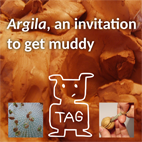 Argila, an invitation to get muddy
Argila, an invitation to get muddy
Notes
-
In 1960 Raymond Queneau and Françoise le Lyonnais created OULIPO (Ouvroir de Littérature Potentielle, which can be roughly translated as “workshop of potential literature”), a group of writers interested in exploring the potential of literary creation, through the self-imposed of constraints that open doors to the imagination. Official OULIPO website: http://www.oulipo.net ↩